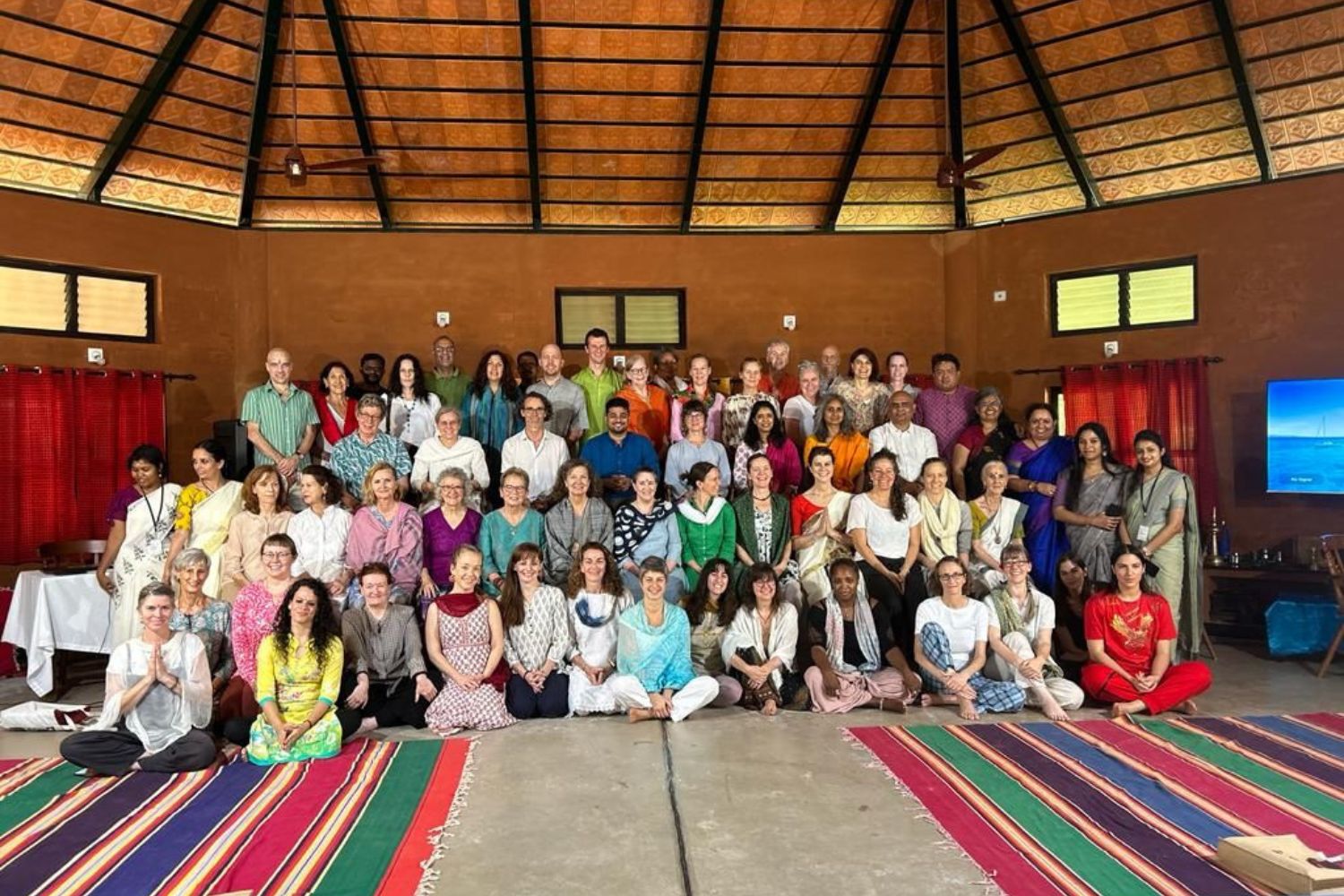Texts
The following are some important texts or scriptures we find in India. This is a tiny list we plan to add to by and by. Let us know if you have suggestions for additions.
Vedas: The four vedas are a fundamental group of texts that are four of the 14 vidyās. We introduce them more there. The Vedas influenced both the sciences and arts we practice in worldly life and the teachers, traditions and texts that influence how we see the world.
Upaniṣads: The most recent parts of the Vedas, concerned with esoteric aspects of reality; contains the seeds of Vedānta. The Upaniṣads are the fourth and most recent addition to the vedas.
Purāṇas: sectarian religious histories & stories (designated as, “Viṣṇu-P,” “Śiva-P,” “Devī-P,” “Gaṇeśa-P,” etc.). These stories permeate culture and lives in India.
Itihāsa: Literally, “history”, in this context, itihāsa specifically means the Rāmāyaṇa & Mahābhārata (including the Bhagavad Gītā). These are epic stories of good versus evil. They pervade life in India. Most people that grow up in India know at least the general story-line of both epics and many specific parts of them.
Other Classic Stories: There are countless ancient stories that permeate culture and lives in India. Here is a tiny list we will add to by and by. Let us know if you have suggestions to add:
Rāmacaritamānas: An epic poem penned in Hindi so as to be more accessible to many, by the Indian bhakti poet Tulsidas (c. 1532–1623), based on the Rāmāyaṇa. There is a very abridged, but beautifully-translated version titled, Reading the Rāmcaritmānas: A Companion to the Awadhi Ramayana of Tulsidas translated by Rupert Snell with Neha Tiwari (one of the guest instructors for Vedic Threads).
Yoga Vāsiṣṭham: A long, incredible book that depicts a teen-aged, depressed Lord Rama who is counseled on the nature of Reality by ṛṣi Vāsiṣṭham and others.
Brahma sūtras: establish arguments for the superiority of Vedānta over other schools of thought” ब्रह्म सूत्र–) (commentary on the Upaniṣads by sage Bādarāyana –or Vyāsa) originally between 1500 BCE and 1200 BCE. In this form since 400-450 CE) one of the foundational texts of वेदान्त Vedānta, along with the principal Upaniṣads and the भगवद् गीता bhagavad-gītā. Bādarāyana (who emphasized knowledge) may have been the teacher of Jaimini (who emphasized ritual).
Dharmaśāstra: Also called smritiśāstras, dharmaśāstra is a group of texts, beginning with the dharmasūtra, that explore rules for daily conduct within the context of society. They include such fundamental ideas like the puruṣārthas, āśramas, and varṇas. From the 1st millenium BCE, they are composed in poetic verse. They arose from the kalpa vedāṅga (one of the 14 vidyās). The dharmasūtra–guidebooks of dharma –were numerous–there were about 20 of them, but only four have survived into the modern era: Apastamba, Gautama, Baudhayana, and Vasistha.
Note about texts: The foundational texts of India associated with the various spiritual or philosophical traditions are too numerous for us to elegantly list or categorize here. If you are interested, here is a good infographic of sanātana dharma literature. They include śruti- texts considered to be revelations through anubhava (direct experience), apauruṣeya (not created by humans), anādi (independent of time– having no beginning or end); and smṛti –texts considered to be “remembered”, usually attributed to a specific author. Please forgive any mistakes in the above outline.



